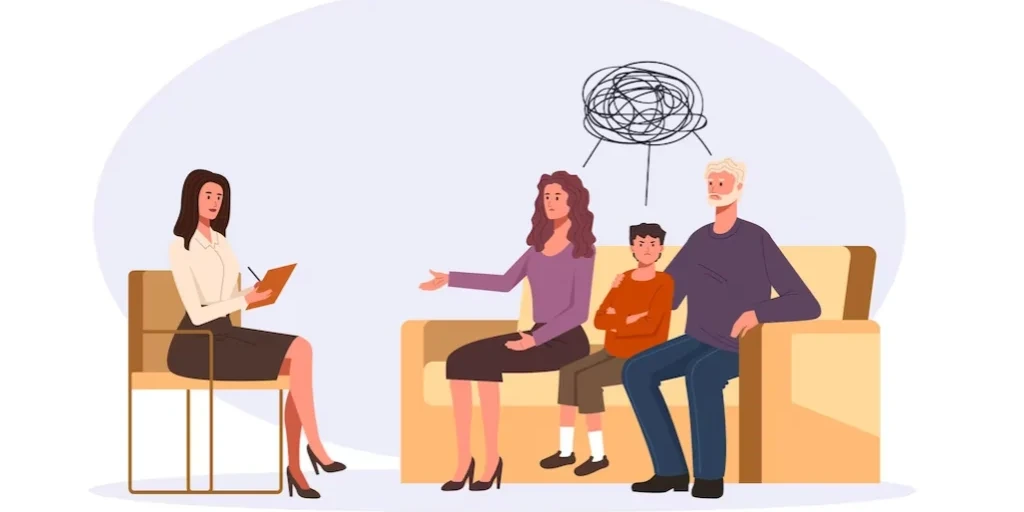24/7 Helpline:
(866) 899-221924/7 Helpline:
(866) 899-2219
Learn more about Ecstasy Rehab centers in Palo

Other Insurance Options

American Behavioral

Kaiser Permanente

WellPoint

Regence

PHCS Network

State Farm

Horizon Healthcare Service

Humana

Choice Care Network

Cigna

BHS | Behavioral Health Systems

ComPsych

MHNNet Behavioral Health

Optima

United Health Care

Lucent

Private insurance

Group Health Incorporated

Access to Recovery (ATR) Voucher

UMR










Cedar Rapids Comprehensive Treatment Center
The Ceder Rapids Comprehensive Treatment Center in Ceder Rapids, Iowa, specializes in treating dual ...

Still Waters Recovery and Wellness
Still Waters Recovery and Wellness is a private rehab located in Cedar Rapids, Iowa. Still Waters Re...

St Luke’s Chemical Dependency
St Luke's Hospital Chemical Dependency offers a variety of treatment options for individuals sufferi...

Therapy Solutions
Therapy Solutions is a private rehab located in Cedar Rapids, Iowa. Therapy Solutions specializes in...

Abbe Center for Community Mental Health
Abbe Center for Community Mental Health is an outpatient mental health and dual diagnosis care facil...

ASAC – Area Substance Abuse Council – Main Campus
ASAC provides treatment using a whole person, trauma informed approach for individuals struggling wi...

Sedlacek Treatment
Sedlacek Treatment offers intensive outpatient and outpatient treatment for individuals with alcohol...

ASAC – Area Substance Abuse Council – Heart of Iowa
ASAC – Area Substance Abuse Council – Heart of Iowa is a residential substance use disorder treatmen...

ASAC – Area Substance Abuse Council – Prevention
Area Substance Abuse Council (ASAC) - Prevention provides accessible, comprehensive substance abuse ...

ASAC – Area Substance Abuse Council – The Way Home
Area Substance Abuse Council (ASAC) - The Way Home is an affordable, transitional housing option for...

Kanza Mental Health and Guidance Center
Kanza Mental Health and Guidance Center - South 2nd Street offers outpatient treatment for individua...

Mirror – Hiawatha Outpatient Treatment Program
Mirror is a non-profit agency dedicated to provide services to those individuals who are struggling ...

Farwell Associates
Farwell Associates is a private rehab located in Lisbon, Maine. Farwell Associates specializes in th...

Carpe Diem Behavioral Associates
Carpe Diem Behavioral Associates is a private rehab located in Lisbon, Maine. Carpe Diem Behavioral ...

Family Recovery Center – Fleming House
Family Recovery Center - Fleming House is a private, non-profit treatment facility providing substan...

Family Recovery Center
Family Recovery Center is a private, non-profit treatment facility providing substance abuse treatme...

Family Recovery Center – Prevention
Family Recovery Center - Prevention is a private, non-profit treatment facility providing substance ...

Starlite Recovery Center
Starlite Recovery Center is located in the heart of the Texas Hill Country. Starlite Recovery Center...

Harmony Ridge Recovery Center
Situated in the scenic southern Appalachian Mountains, Harmony Ridge Recovery Center offers comprehe...









































Fellowship Club
Fellowship Club is a non-profit rehab located in Cedar Rapids, Iowa. Fellowship Club specializes in ...

Tanager Place
Tanager Place, located in Cedar Rapids, Iowa, offers personalized mental and behavioral health care ...

Midwest Therapy
Midwest Therapy is a private rehab located in Cedar Rapids, Iowa. Midwest Therapy specializes in the...

Anchorpoint Counseling
Anchorpoint Counseling is an outpatient rehab located in Cedar Rapids, IA. Anchorpoint Counseling sp...

ASAC – Area Substance Abuse Council – East Office
Area Substance Abuse Council (ASAC) provides accessible, comprehensive substance abuse treatment and...

ASAC – Area Substance Abuse Council
ASAC – Area Substance Abuse Council is a private rehab located in Cedar Rapids, Iowa. ASAC – Area Su...

ASAC – Area Substance Abuse Council – Downtown Office
Area Substance Abuse Council (ASAC) - Downtown Office provides accessible, comprehensive substance a...

Substance Abuse Services Center – SASC
Substance Abuse Services Center (SASC) provides quality counseling, education, and support services ...

Tri County Mental Health Services – Supported Living
Tri County Mental Health Services – Supported Living is a private rehab located in Lisbon, Maine. Tr...

Ely Counseling and Supportive Services
Ely Counseling and Supportive Services is a public rehab located in Ely, Nevada. Ely Counseling and ...

The Counseling Center of Columbiana County
The Counseling Center of Columbiana County is located in Lisbon, Ohio. The Counseling Center of Colu...







































































































































































